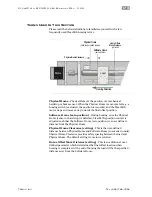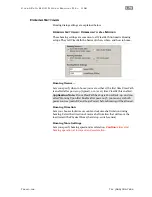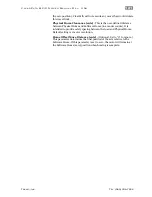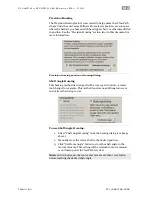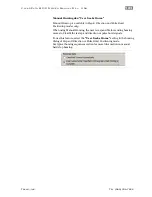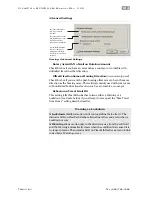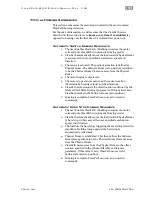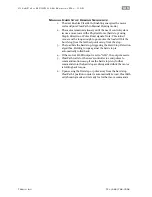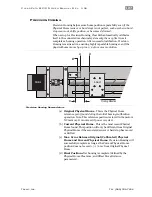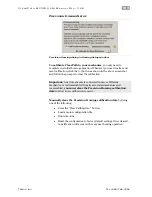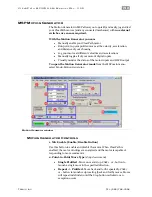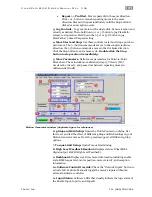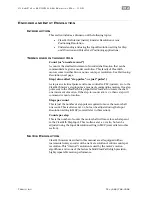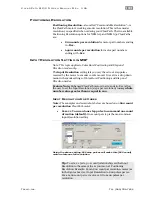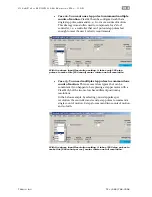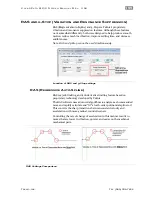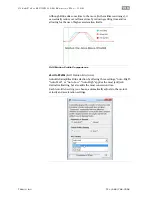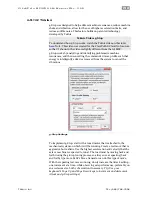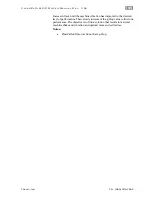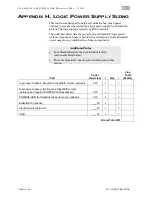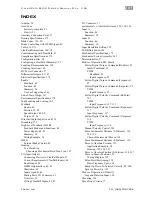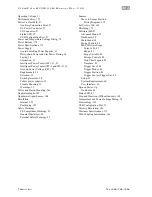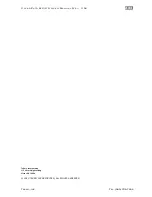
C
L E A R
P
A T H
M C / S D
U
S E R
M
A N U A L
R
E V
.
3 . 0 9
1 9 2
T
EKNIC
,
I
NC
. T
EL
.
(585)
784-7454
E
NCODER AND
I
NPUT
R
ESOLUTION
I
NTRODUCTION
This section includes a discussion of the following topics:
•
ClearPath's Internal (native) Encoder Resolution versus
Positioning Resolution.
•
Understanding and using the Input Resolution setting for
Step
and Direction
and
Pulse Burst Positionin
g applications.
T
ERMS USED IN THIS SECTION
Count (or "encoder count")
A count is the smallest increment of encoder/shaft motion that can be
commanded at a given encoder resolution. This family of ClearPath
motors come in either 800 or 6400 counts per revolution. See
Positioning
Resolution
, next page.
Step (also called "step pulse", or just "pulse")
A step is an electrical pulse sent from a controller, PLC, indexer, etc. to the
ClearPath motor's step input as a means of commanding motion. One step
pulse sent to the ClearPath Step Input tells ClearPath to rotate the shaft
one increment of motion. If the step-to-count ratio is 1:1, then 1 step will
command 1 count of motion.
Steps per count
This is just the number of step pulses required to move the motor shaft
one count. This is often set at 1:1, but can be adjusted using the Input
Resolution setting in MSP (covered later in this section).
Counts per step
This is the number of counts the motor shaft will move for each step sent
to the ClearPath Step Input. This is often set at a 1:1 ratio, but can be
adjusted using the Input Resolution setting in MSP (covered later in this
section).
N
ATIVE
R
ESOLUTION
ClearPath motors described in this manual are all equipped with an
incremental rotary encoder with a native resolution of 12800 counts per
revolution. This "internal" resolution is used by the motor's motion
algorithms, and is one of the factors behind ClearPath's high precision,
highly repeatable motion performance.

